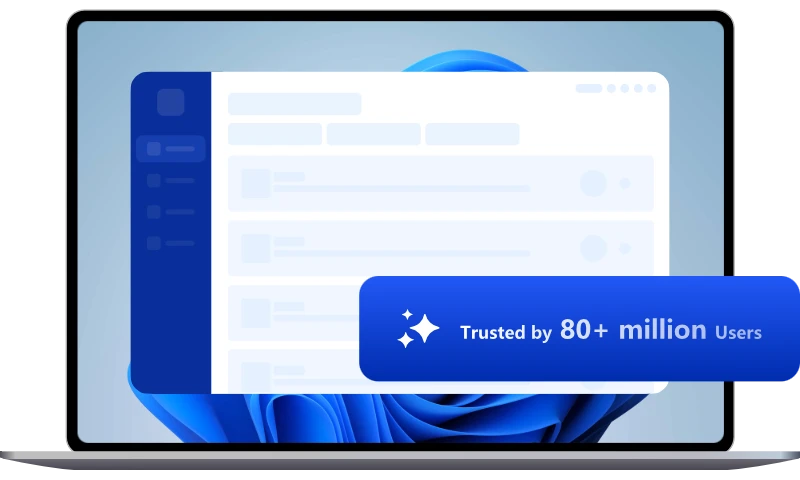Microsoft Is Redesigning the Default App Selector in Windows 11
Microsoft is testing small tweaks to a particularly important and frequently used component for managing files on Windows 11.
As part of the broader WinUI/Fluent Design push with Sun Valley 2, Microsoft is testing small tweaks to a particularly important and frequently used component for managing files on Windows 11. The default app selector, which allows users to select apps for files, is being updated with a new, modern design.
Currently, when you try to open a file with an unknown extension, a pop-up window appears on the screen asking you to select an application that may be compatible with the file you are trying to view.
The file is launched in any application that is set as the default. If you want to change the default app for a specific file type, you can do so in Settings, or open File Explorer and right-click on the file you want to change. For example, you can right-click on a .txt file and select a third-party application from the pop-up menu.
Fluent Design-based default app selector is being tested
The pop-up menu is currently based on Windows 8 design ideas, but Microsoft has finally made a test version of the redesigned default app selector available in Windows 11's Fluent Design.
Because the functionality remains the same, it is still possible to simply click on a file, select a specific application, and then choose to open it only once or to enable the option to always open a file type with a specific application. You can also click on "Find another app" gives you the option to search the Microsoft Store, find and select another application that is not in the application picker.
As you can see in the screenshot above, Windows 11's new app picker is in line with the company's plan to apply fluid design and WinUI everywhere.
Everything is slightly larger than before, making better use of the available space. Users also don't have to see the design of Windows 8, which is already far away, when selecting a default app for a specific file type.
Overall, this is a very good improvement that some users currently using Windows 11 Build 22563 can follow in the Dev Channel of the Windows Insiders program. It is worth noting that this design change will benefit all applications.
Other areas such as File Explorer's built-in file/application picker are not yet available, and they still use the Windows 7-era design language, though design changes related to File Explorer will likely take time to roll out to consumers.

